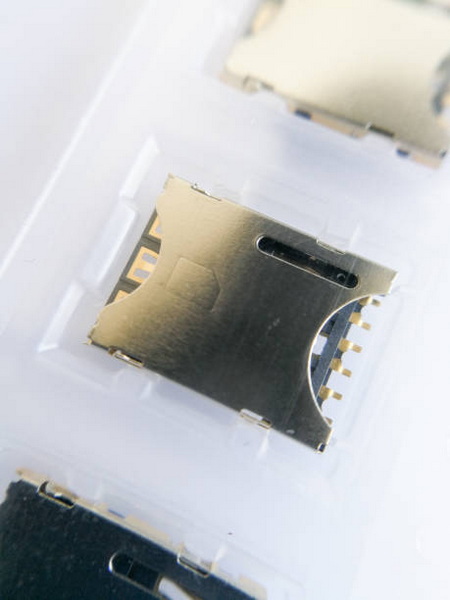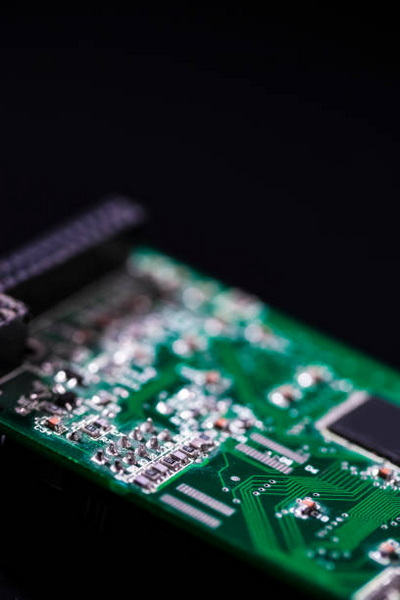Content Menu
● Introduction
● Understanding Surface Mount Technology
● Key Quality Assurance Practices
>> Supplier Management
>> Quality Planning
>> In-Process Quality Monitoring
>> Testing Procedures
>> Continuous Improvement
● The Role of Technology in Quality Assurance
>> Advanced Inspection Systems
>> Data Analytics
>> Robotics and Automation
● Conclusion
● FAQ
>> 1. What is surface mount technology (SMT)?
>> 2. How do companies ensure component quality?
>> 3. What types of testing are performed on SMT assemblies?
>> 4. Why is continuous improvement important in SMT manufacturing?
>> 5. How does technology enhance quality assurance in SMT?
Introduction
Surface mount technology (SMT) has revolutionized the electronics manufacturing industry, allowing for the efficient assembly of printed circuit boards (PCBs) with smaller, more reliable components. As the demand for high-quality electronics continues to grow, surface mount device companies must implement rigorous quality assurance practices to ensure their products meet industry standards and customer expectations. This article explores the various strategies and techniques employed by these companies to maintain product quality throughout the SMT production process.

Understanding Surface Mount Technology
Surface mount technology involves soldering electronic components directly onto the surface of a PCB, as opposed to traditional through-hole mounting where components are inserted into holes on the board. This method allows for:
- Higher component density: Smaller components can be placed closer together, enabling more complex circuits within a compact space.
- Automated assembly: SMT is highly compatible with automated manufacturing processes, which increases production speed and reduces labor costs.
- Improved performance: The shorter electrical paths in SMT designs can enhance signal integrity and reduce electromagnetic interference.
Despite these advantages, the complexity of SMT also introduces potential quality challenges that manufacturers must address.
Key Quality Assurance Practices
To ensure high-quality products, surface mount device companies adopt a multi-faceted approach encompassing various stages of the production process:
Supplier Management
Component Quality Control
The first step in ensuring product quality is controlling the quality of incoming materials. Companies must establish strong relationships with reliable suppliers and implement strict quality control measures, which include:
- Certificates of compliance: Verifying that components meet specified standards.
- Incoming inspections: Conducting sample inspections to check for defects such as incorrect markings or lead forms.
- Statistical process control (SPC): Utilizing data analysis to monitor supplier performance and ensure consistency over time.
Quality Planning
Developing a Quality Plan
A comprehensive quality plan is essential for guiding all quality-related activities in SMT production. This plan should outline:
- Inspection points: Identifying critical stages in the manufacturing process where inspections will occur.
- Standards and metrics: Establishing acceptable quality levels and performance metrics based on risk analysis.
- Continuous improvement processes: Implementing strategies for ongoing evaluation and enhancement of manufacturing practices.
In-Process Quality Monitoring
Real-Time Data Collection
During production, continuous monitoring is crucial for identifying potential issues before they escalate. Companies employ various techniques:
- Automated optical inspection (AOI): Utilizing cameras and software to detect defects such as misalignment or solder bridging in real-time.
- Process audits: Regularly reviewing operator techniques, equipment setups, and material handling to ensure adherence to established procedures.
- Traceability systems: Implementing serial numbers and timestamps to track products through the manufacturing process, allowing for quick isolation of any defective batches.

Testing Procedures
Rigorous Testing Protocols
After assembly, thorough testing is essential to validate product functionality and reliability. Common testing methods include:
- In-circuit testing (ICT): Checking individual components on the PCB for proper functionality without powering the entire circuit.
- Functional testing: Assessing the complete assembly under normal operating conditions to ensure it meets design specifications.
- Environmental stress screening: Subjecting products to extreme conditions (temperature, humidity) to identify potential weaknesses before they reach customers.
Continuous Improvement
Feedback Loops
Quality assurance does not end with production; it requires ongoing evaluation and adaptation. Companies often implement:
- Root cause analysis: Investigating defects or failures to identify underlying issues and prevent recurrence.
- Employee training programs: Regularly updating staff on best practices and new technologies to enhance skills and knowledge across the workforce.
- Customer feedback mechanisms: Gathering insights from end-users to identify areas for improvement in product design or functionality.
The Role of Technology in Quality Assurance
Advancements in technology play a significant role in enhancing quality assurance processes within SMT companies. Some key technological innovations include:
Advanced Inspection Systems
Automated optical inspection systems have become increasingly sophisticated, utilizing machine learning algorithms to improve defect detection rates and reduce false positives. These systems can analyze images of PCBs at high speeds, ensuring that even minor defects are caught early in the production process.
Data Analytics
Data analytics tools enable manufacturers to collect and analyze vast amounts of production data, facilitating better decision-making regarding process improvements. By identifying trends and patterns, companies can proactively address potential quality issues before they impact product reliability.
Robotics and Automation
The use of robotics in SMT assembly not only enhances precision but also reduces human error associated with manual processes. Automated pick-and-place machines can accurately position components on PCBs with minimal variation, contributing to higher overall product quality.
Conclusion
Ensuring quality in surface mount device manufacturing is a complex but essential task that requires a comprehensive approach encompassing supplier management, rigorous testing, continuous monitoring, and technological integration. By implementing these strategies, surface mount device companies can deliver reliable products that meet customer expectations while minimizing defects and reducing costs.
As technology continues to advance, these companies must remain vigilant in their quality assurance efforts to adapt to new challenges and maintain their competitive edge in the electronics market.

FAQ
1. What is surface mount technology (SMT)?
Surface mount technology (SMT) is a method used in electronics manufacturing where components are soldered directly onto the surface of printed circuit boards (PCBs), allowing for smaller designs and automated assembly processes.
2. How do companies ensure component quality?
Companies ensure component quality by establishing strong supplier relationships, conducting incoming inspections, requiring certificates of compliance, and using statistical process control methods to monitor supplier performance over time.
3. What types of testing are performed on SMT assemblies?
Common tests performed on SMT assemblies include in-circuit testing (ICT), functional testing under normal operating conditions, environmental stress screening, and automated optical inspection (AOI) for defect detection.
4. Why is continuous improvement important in SMT manufacturing?
Continuous improvement is crucial because it helps manufacturers adapt to new challenges, enhance product reliability, reduce defects, lower costs, and ultimately improve customer satisfaction through better-quality products.
5. How does technology enhance quality assurance in SMT?
Technology enhances quality assurance through advanced inspection systems that utilize machine learning for defect detection, data analytics tools for trend analysis, and robotics for precise assembly processes that minimize human error.




















